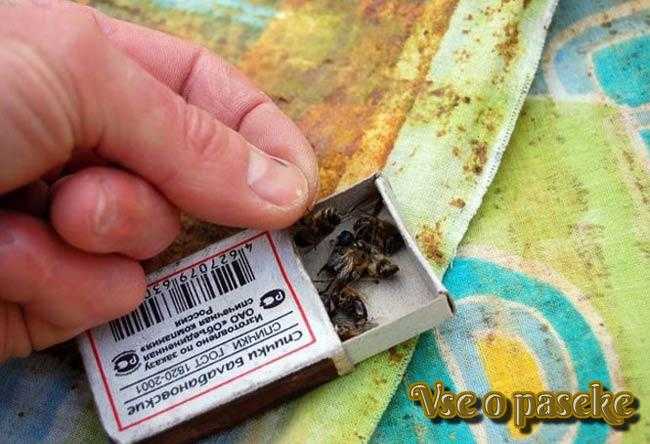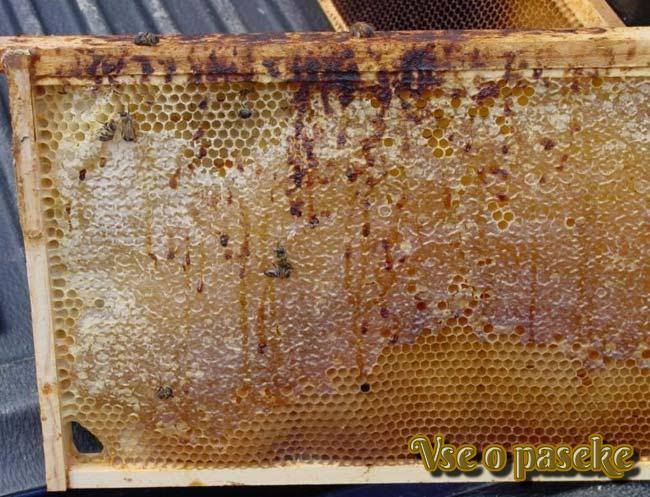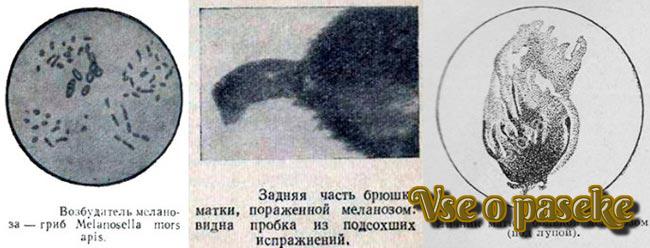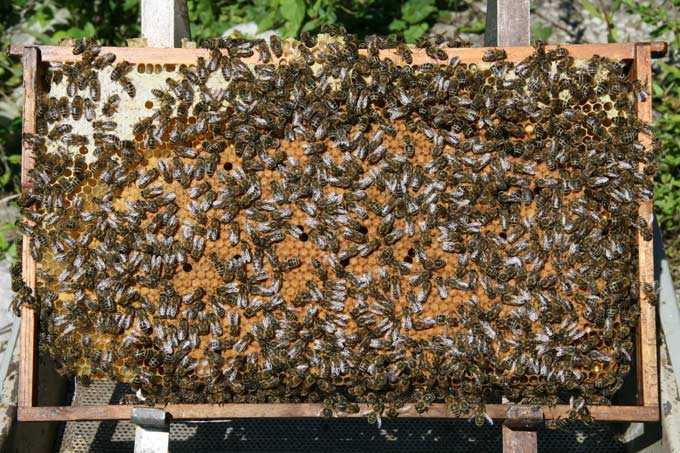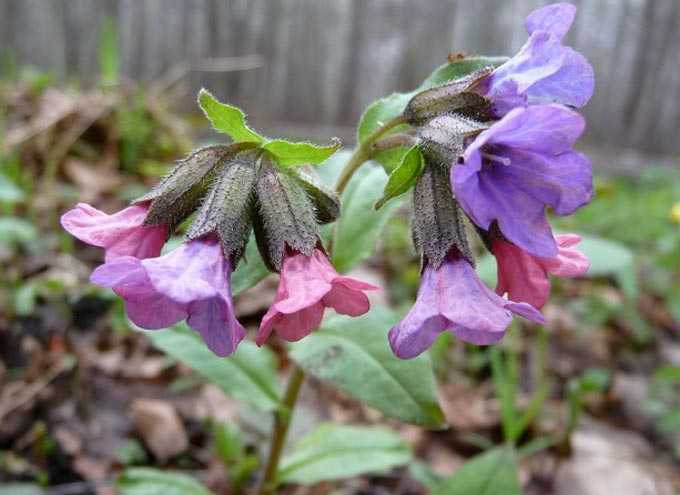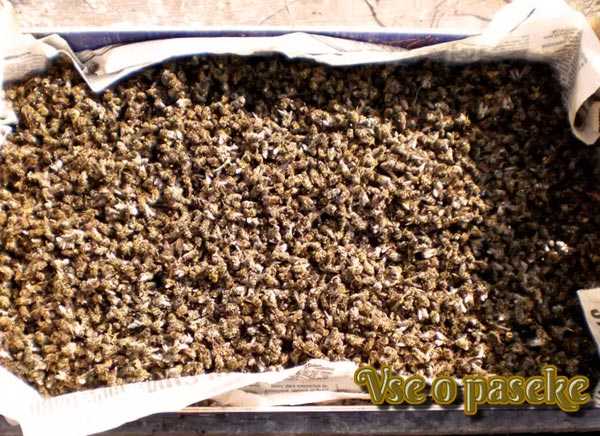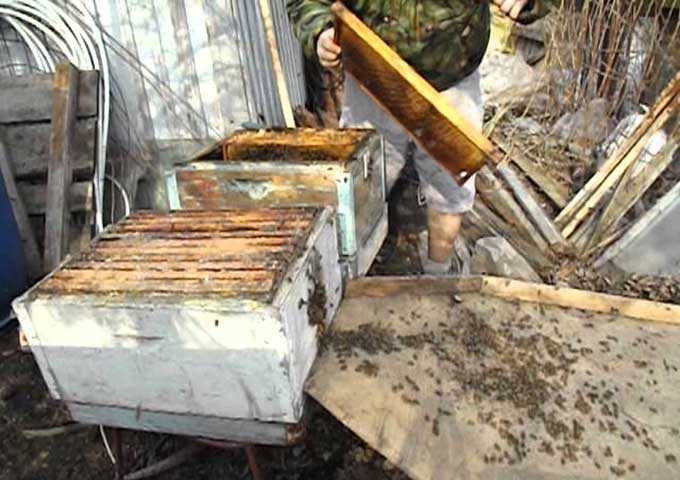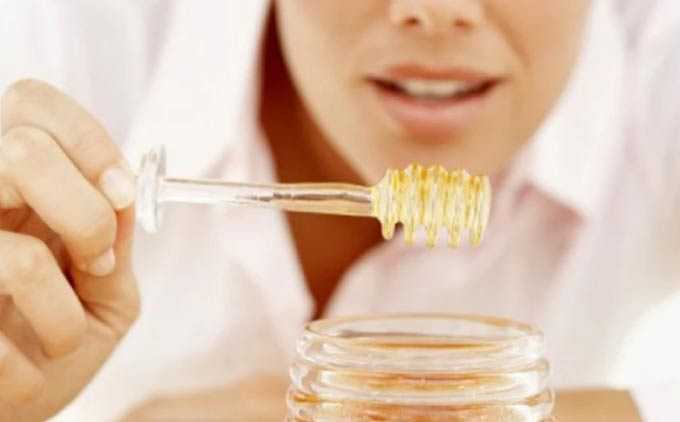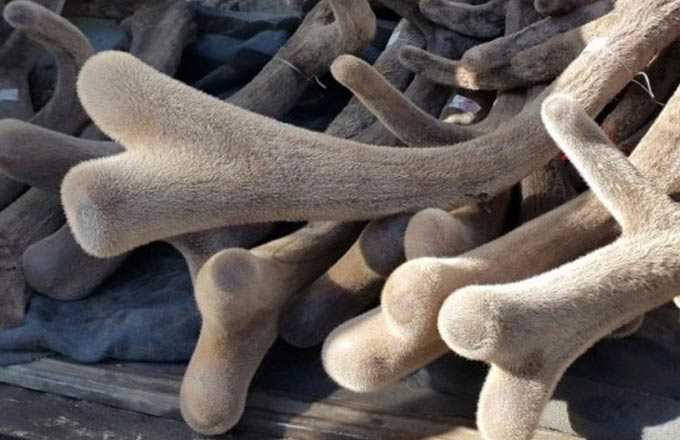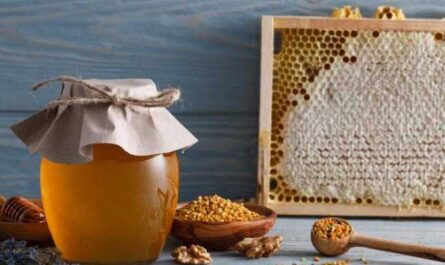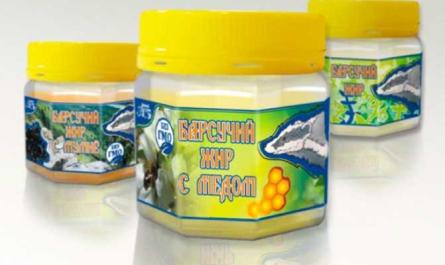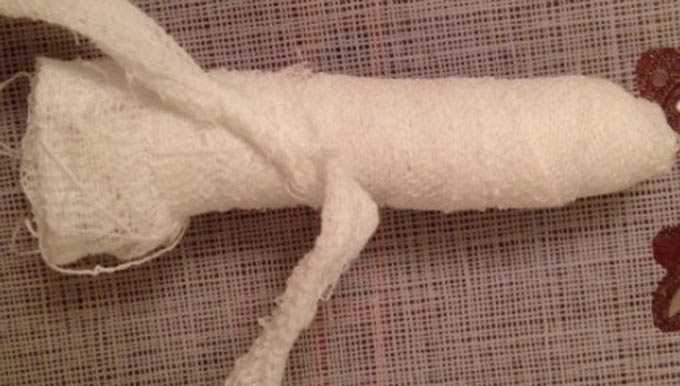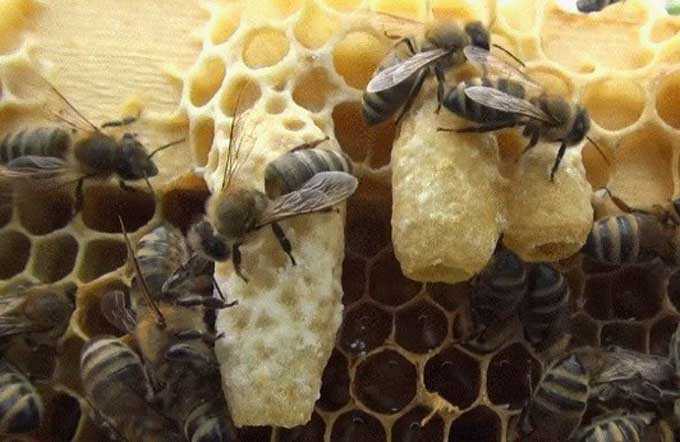Any disease in bees is not only a decrease in the productivity of the apiary, but also the possible death of most families. It is important to know that diseases do not just appear. Often this is a direct consequence of violations in keeping and caring for insects.
Therefore, the main task of the beekeeper is to carry out preventive measures designed to reduce possible risks. And you can cope with diseases in the shortest possible time thanks to the use of the most modern drugs or effective folk remedies.
The content of the article
- 1 What and when do bees get sick?
- 2 Causes of diseases
- 3 How to determine family health
- 3.1 Laboratory diagnosis
- 3.2 What to look for when diagnosing at home
- 4 How diseases spread
- 5 What adults are sick with
- 6 What the brood is sick with
What and when do bees get sick?
Diseases of bees and their treatment are directly related to the change of seasons.
Prolonged wintering can end with an outbreak of nosematosis – bees will begin to die from diarrhea. Also, insects that have not been treated with special preparations in the fall suffer at this time from varroatosis – one of the most common diseases caused by the Varroa destructor mite. In late spring, an infectious disease of fungal origin, ascospherosis, may develop.
No less dangerous is the discovery of saccular brood in the apiary, caused by a filtering virus. Larvae of 2-4 days of age are most sensitive to these diseases. In the summer, the risk of spreading American and European foulbrood and melanosis increases (the infection destroys primarily the queens).
There are also year-round infections such as aspergillosis or stone brood that can infect both adults and young animals themselves. The trigger for this infection is high humidity (for example, keeping hives in poorly insulated winter quarters or periods of prolonged rains in summer).
Causes of diseases
The main cause of diseases is the lack of complete protein in the feed framework. It is contained in bee bread, which includes proteins necessary for the development and life of insects, as well as the cultivation of healthy larvae.
The second reason is carelessness in working with families. Theft during the free period and hypothermia of nests also contributes to the spread of infections between insects. In fact, any stressful situation in an apiary is a potential opportunity for a disease outbreak.
How to determine family health
A regular inspection of the bee’s nests helps to correct the diagnosis. An attentive beekeeper is able to reveal the state of the family by indirect signs. Inspection results indicating healthy insects:
- balance between adults and the amount of brood;
- sufficient stocks of feed;
- good work of the queen (brood is compact, has no gaps, there is a printed and open brood).
The strength of the nest is determined by the number of occupied frames. A fully occupied frame contains an average of 200-300 grams of these hardworking insects.
Laboratory diagnosis
But reliable data on the state of bees can be obtained only on the basis of the analysis of various samples carried out in the veterinary laboratory.
When laboratory diagnostics are needed:
- In the spring, it is imperative to collect submarine samples in several hives and send them for analysis. The research results are entered into the apiary passport. Unhealthy apiaries are not allowed to roam!
- During the active period, the areas in front of the hives are regularly inspected. Here you can find several specimens of dead insects, which are handed over to the laboratory on suspicion of infection.
What to look for when diagnosing at home
The state of submergence indicates an existing disease:
- the fragility of dead bodies is observed with septicemia (the insect literally crumbles in the beekeeper’s fingers);
- holes in the breast or abdomen indicate myiasis (these are the exit points of parasite larvae);
- small size and ugly body shape is a sign of varroatosis.
Brood thrown out near the hives also sometimes indicates an existing disease. This is not the main sign of infection, of course, since the larvae are removed from the nest even if they are mechanically damaged by the beekeeper during a careless examination. However, if there is a lot of brood, this is a reason to be wary and take samples to the laboratory.
Insects with swollen abdomens crawling near the hive are a clear sign of nosematosis. This picture is observed in the spring. Autopsy reveals a white midgut. And with dew toxicosis, it has a dark brown or black color.
Unnaturally twisted wings are a symptom of acarapidosis (insects get sick with it after rainy cold weather or in spring). With various bacteriosis and viroses, insects huddle and tremble. And in case of toxic damage, on the contrary, they are excited (some of the insects quickly die).
A sharp unpleasant odor when opening the nest indicates that the family is sick with foulbrood. And the presence of dark spots on the inner walls of the hive and the tap hole indicates damage to the digestive system (infection with nosematosis, amebiosis, salmonellosis, colibacillosis). The absence of brood during the active period of the bees’ life is a clear sign of the death, illness or infertility of the uterus.
An important point: all the main preventive and curative measures fall on April. After all, sick bee colonies are not able to provide income. Often they become dependents of healthy nests, since they cannot even provide themselves with food supplies for the winter.
How diseases spread
The causative agents of dangerous infections in the apiary are pathogenic microbes, viruses and bacteria. They are very small – the pathogen can be seen only under a microscope. In the absence of adequate treatment for insects, pathogens multiply rapidly.
And when the infected bees die, some of the pathogens form spores covered with a dense shell. They play the role of a kind of “seeds” that are transmitted to healthy bees through the beekeeping equipment, during the resetting of the frames, or naturally during respiration and feeding. Infected honey from a weakened hive is gladly carried out by thief bees. In this way, the infection covers a large part of the apiary, reducing its productivity.
Hence follows the main rule: the main preventive measure aimed at reducing the incidence of bees is the proper care of the apiary. Strong families are less likely to get sick.
What adults are sick with
All diseases of bee colonies are divided into two groups:
- brood diseases;
- diseases of adults.
Adult insects most often get sick:
Nozematosis – a dangerous infection affecting adult insects. The causative agent of the spore Nosemaapis, from which many parasites emerge in the intestines of the bee, which leads to impaired digestive functions.
The peak incidence occurs in the winter-spring period. Under normal wintering conditions, weakened individuals completely die out before the cleansing spring flight, and then are replaced by a new healthy generation.
Increased humidity and poor quality feed stock leads to the rapid spread of infection. The main symptom is severe diarrhea, trembling of the wings, abdominal distention. To combat the spread of infection, fumagillin, nisidin, fumagol, nosemat, and ApiMax balm are used.
How to cure bees in spring from nosematosis Using ApiMax balm for the prevention and treatment of diseases in bees
Acarapidosis… It is also a highly infectious disease in adults. The causative agent is a microscopic mite that settles in the trachea of insects and feeds on their blood. Ticks multiply very quickly, filling the entire lumen of the trachea – the insect dies from suffocation and weakness.
Young bees (including drones and queens) under 5 days of age are susceptible to infection. Individuals aged 12 or more days are not infected. The disease is transmitted exclusively by contact. Brood and combs remain mite-free! Used for treatment: balsam “ApiMax”, polisan, folbex-R.
Acarapidosis in bees, treatment and prevention
Varroatosis – a disease caused by infection with Varroa destructor. This mite feeds on the hemolymph of insects at any age, depleting their body.
Varroa destructor mites on bee bodies
The infection is transmitted by contact. By the end of the active season, the nesting rate increases sharply, which requires special treatment of the nests. Treatment of bees in the fall is carried out chemically: special strips (plates) are installed and the nests are treated twice with an interval of 7 days. Most often used for this purpose “Bipin”, “Delabik”, “Aqua-flo”.
Septicemia – or general blood poisoning caused by the bacillus. The disease has an acute course. Insects die within a few hours. Septicemia is characterized by a loss of the ability to move (the muscles fail, and the chitinous parts of the body begin to decompose). Podmore breaks up into many separate parts. The source of the bacillus is still water. For prevention, it is necessary to arrange drinking bowls directly in the apiary, in dry and clean places. For treatment, top dressing with tetracycline is used – 300 thousand units of antibiotic are taken per liter of sugar syrup. Top dressing is given at the rate of half a liter for each family.
Filamentovirosis – a viral disease that affects bee colonies throughout the year. Insects cannot fly and die in large numbers – at the bottom of the hives, you can find a lot of death, sometimes the uterus dies. As a preventive measure, all families are fed with honey and bee bread in early spring. For treatment, “Polysin”, “Viran” or “Endoglyukin” are used.
Melanosis… This is the cause of the death of entire families. The causative agent, the fungus Aurobzidium, affects primarily the queens, and sometimes the workers. The peak incidence occurs in the second half of the summer.
Lesion of the uterus with melanosis
It is extremely difficult to treat this disease, because the uterus loses its reproductive functions. The best prevention is the regular replacement of queens (they are used no more than two seasons in a row).
What the brood is sick with
The most common brood diseases are:
American foulbroodwhich is of bacterial origin. The printed brood is affected. Infection of larvae occurs through the mouth. Bacilli are highly resistant – they do not lose their viability even after boiling for 10 minutes. And in honey or corpses of dead larvae, the pathogen can live for tens of years.
This is what rotten brood looks like
Infected larvae die within 3-4 days after the cell is printed, not having time to turn into a pupa. The rotting mass smells like wood glue. Subsequently, the larva dries up, forming a dense mass filled with the spores of the pathogen. Affected combs with brood are distinguished by caps concave inside the cell. The peak incidence occurs during the hot period of summer (its second half). For treatment, “Apit”, endopharm, oxyvit, baktopol, metasulfan are used.
European foulbrood only open brood is affected. The peak incidence occurs in the spring and the first half of summer. Infected larvae die 3-4 days after leaving the cells. The corpses are yellowish-gray in color and give off a sour paste smell. Treatment and prevention is carried out in the same way as for American foulbrood. The infection spreads between apiaries when buying sick families.
Baggy brood refers to viral diseases of the printed brood. The death of larvae in this disease occurs before they turn into pupae. Dead insects are contagious only in the first days after death. After a month, the infectiousness completely disappears.
Affected larva
In strong families, the disease is successfully eliminated by the bees themselves. Weak nests need to be moved to a new hive on frames with artificial foundation. Biovit and Endoglyukin are used as medicinal products.
Ascospherosis or calcareous brood – a fungal disease caused by Pericystis Apis. The peak incidence occurs in late spring and early summer. Diseased larvae can be found in both sealed and open cells. When the closed cells are shaken, they emit a characteristic rattling sound. At the beginning of the disease, the insects are yellow-white, then they are covered with white fungal mycelium. After death, the calcareous brood dries out and looks like pieces of chalk. There is no unpleasant smell.
The defeat of larvae with calcareous brood
For treatment, Unisan, Ascocin, Ascid and Ascosan are used.
Aspergillosis or stone brood – another fungal disease. The causative agent Aspergillus Flower enters the hives together with the pollen of flowering plants. Infected larvae die off and become covered with a greenish bloom. Dead individuals turn to stone, hence the name of this disease.
Treatment is carried out with Asconazole or Unisan. Empty hives, in which infected families previously lived, as well as all equipment, must be treated with formaldehyde.
Treatment of a bee colony is always a complex measure that requires the most attentive approach from the beekeeper. It must be remembered that dirt and dampness in the nest is a very favorable environment for the reproduction of pathogenic microorganisms and parasites. And neglect of hand disinfection, equipment, or rearrangement of frames from sick families to healthy ones will nullify all efforts to fight diseases.
To avoid spreading the infection, sick families should be isolated as soon as possible. In addition, all the necessary measures should be taken to destroy the pathogen and carry out a complete disinfection (in most cases, it is recommended to move the family to a clean hive).
